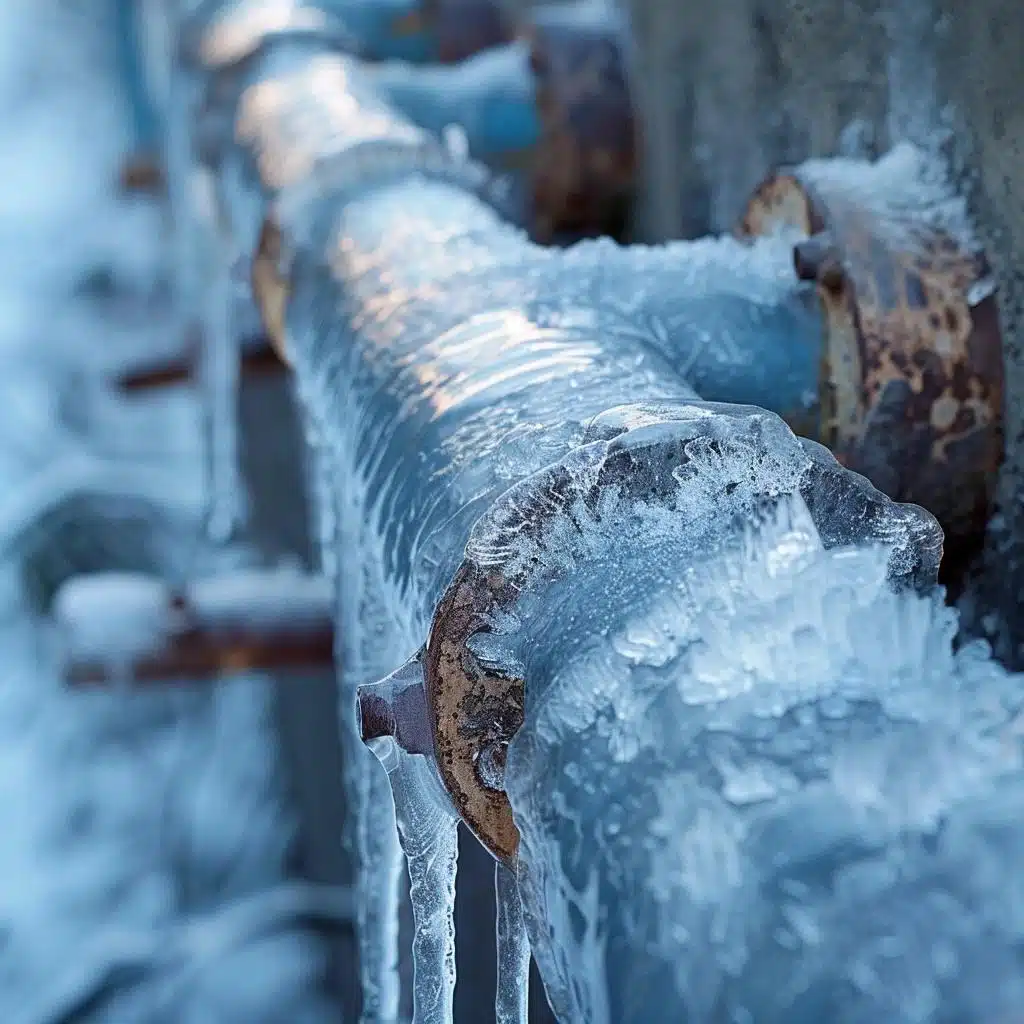Important Tips to Avoid Frozen Pipes in Cold Weather: Expert Insights
Important Tips to Avoid Frozen Pipes in Cold Weather: Expert Insights
Blog Article
We've unearthed this post about How To Avoid Freezing Pipes listed below on the net and reckoned it made sense to share it with you on my blog.

Winter can ruin your pipes, particularly by freezing pipes. Right here's just how to prevent it from occurring and what to do if it does.
Intro
As temperatures drop, the danger of frozen pipelines boosts, potentially causing expensive repair work and water damage. Recognizing how to prevent icy pipelines is important for property owners in cool climates.
Recognizing Frozen Pipelines
What creates pipes to freeze?
Pipelines freeze when exposed to temperature levels listed below 32 ° F (0 ° C) for prolonged durations. As water inside the pipes freezes, it broadens, putting pressure on the pipeline wall surfaces and potentially triggering them to rupture.
Dangers and damages
Frozen pipes can lead to water system interruptions, building damage, and costly repair work. Ruptured pipes can flooding homes and trigger comprehensive architectural damage.
Indicators of Frozen Piping
Determining frozen pipes early can stop them from breaking.
Exactly how to recognize frozen pipelines
Look for lowered water flow from taps, uncommon smells or noises from pipes, and noticeable frost on revealed pipes.
Avoidance Tips
Protecting at risk pipelines
Wrap pipes in insulation sleeves or utilize warm tape to secure them from freezing temperature levels. Concentrate on pipelines in unheated or outside locations of the home.
Heating methods
Keep indoor areas effectively heated, especially locations with pipes. Open up cupboard doors to permit warm air to distribute around pipes under sinks.
Safeguarding Outdoor Plumbing
Yard hose pipes and exterior taps
Disconnect and drain yard hoses prior to winter season. Mount frost-proof spigots or cover outside faucets with insulated caps.
What to Do If Your Pipelines Freeze
Immediate activities to take
If you presume icy pipes, maintain taps open up to ease stress as the ice thaws. Make use of a hairdryer or towels taken in warm water to thaw pipes slowly.
Long-Term Solutions
Structural adjustments
Think about rerouting pipes away from exterior walls or unheated areas. Add additional insulation to attic rooms, cellars, and crawl spaces.
Updating insulation
Purchase high-grade insulation for pipes, attics, and walls. Appropriate insulation helps maintain regular temperatures and lowers the danger of icy pipes.
Conclusion
Preventing icy pipes needs aggressive measures and fast feedbacks. By comprehending the causes, indications, and preventive measures, homeowners can shield their plumbing throughout cold weather.
5 Ways to Prevent Frozen Pipes
Drain Outdoor Faucets and Disconnect Hoses
First, close the shut-off valve that controls the flow of water in the pipe to your outdoor faucet. Then, head outside to disconnect and drain your hose and open the outdoor faucet to allow the water to completely drain out of the line. Turn off the faucet when done. Finally, head back to the shut-off valve and drain the remaining water inside the pipe into a bucket or container. Additionally, if you have a home irrigation system, you should consider hiring an expert to clear the system of water each year.
Insulate Pipes
One of the best and most cost-effective methods for preventing frozen water pipes is to wrap your pipes with insulation. This is especially important for areas in your home that aren’t exposed to heat, such as an attic. We suggest using foam sleeves, which can typically be found at your local hardware store.
Keep Heat Running at 65
Your pipes are located inside your walls, and the temperature there is much colder than the rest of the house. To prevent your pipes from freezing, The Insurance Information Institute suggests that you keep your home heated to at least 65 degrees, even when traveling. You may want to invest in smart devices that can keep an eye on the temperature in your home while you’re away.
Leave Water Dripping
Moving water — even a small trickle — can prevent ice from forming inside your pipes. When freezing temps are imminent, start a drip of water from all faucets that serve exposed pipes. Leaving a few faucets running will also help relieve pressure inside the pipes and help prevent a rupture if the water inside freezes.
Open Cupboard Doors
Warm your kitchen and bathroom pipes by opening cupboards and vanities. You should also leave your interior doors ajar to help warm air circulate evenly throughout your home.

We were shown that article about How to prepare your home plumbing for winter weather through a friend on a different website. I beg you set aside a second to distribute this write-up if you enjoyed it. Thanks a lot for your time invested reading it.
Click Here Report this page